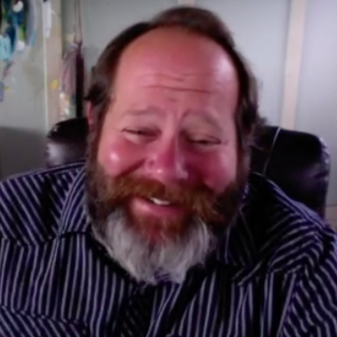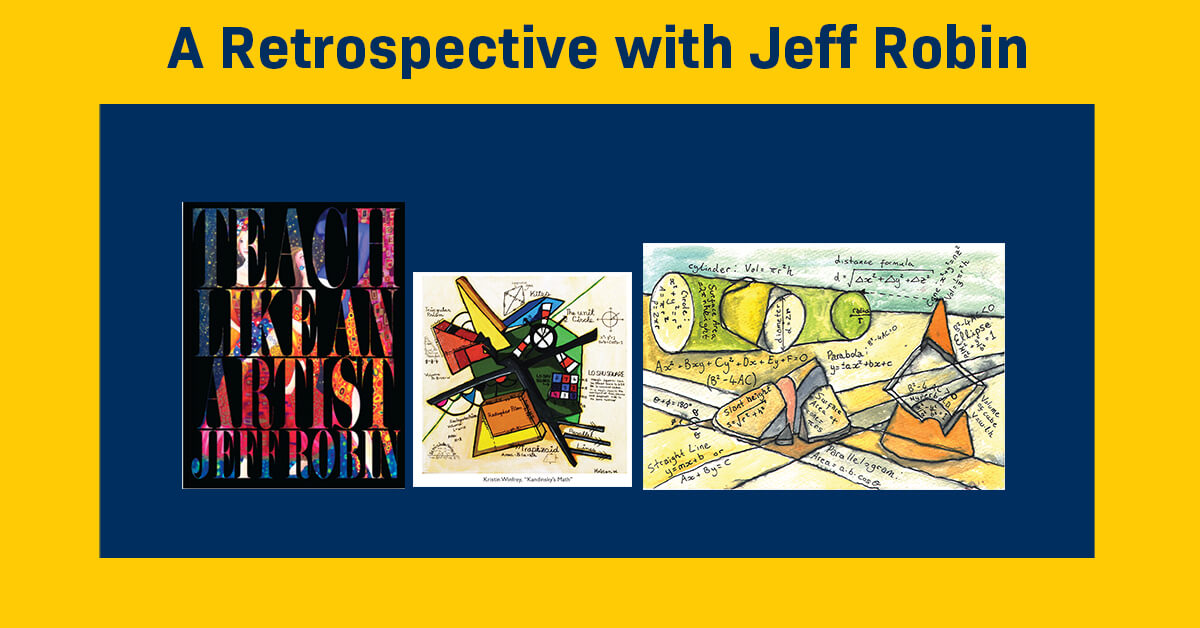Jeff Robin’s new book Teach Like an Artist shows us how to come alive again.

A big, inconspicuous FedEx box tangled up in scotch tape greeted me on the doorstep as I returned from Europe. Its content, Jeff Robin’s newest book, Teach like an Artist, promised a different kind of trip. A CBD gummy comes closest to describing my hallucinatory reading experience: fast-paced, colorful, imaginative, literary, scientific, romantic, questioning, probing, and — maddening. Here is a book with the bones to make us come alive again, by making.
Why aren’t we all teaching like artists?
Storyteller of projects, Jeff Robin is widely considered a pioneer of Project-Based Learning (PBL). I’m morbidly thinking that many innovators are destined to become understood in the afterlife…Van Gogh, Galileo, …ugh, Robin? I sure hope not. He was a founding teacher at High Tech High School in San Diego and covered every square inch of the school in student-made art.


